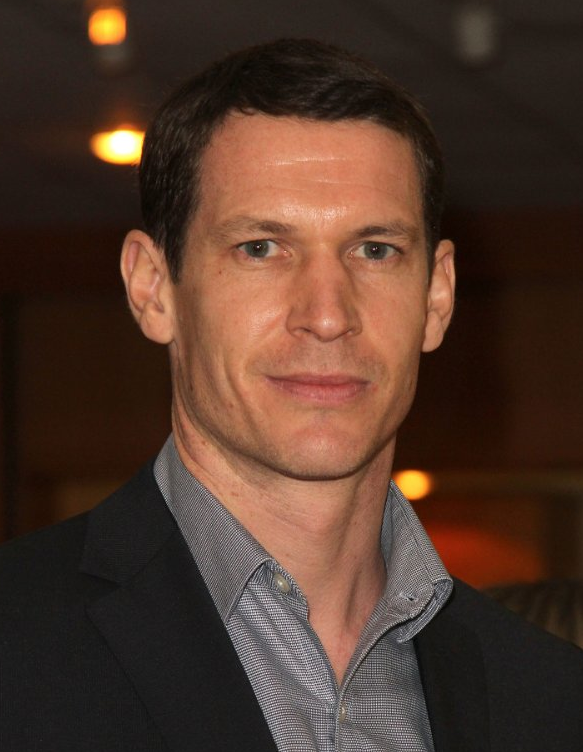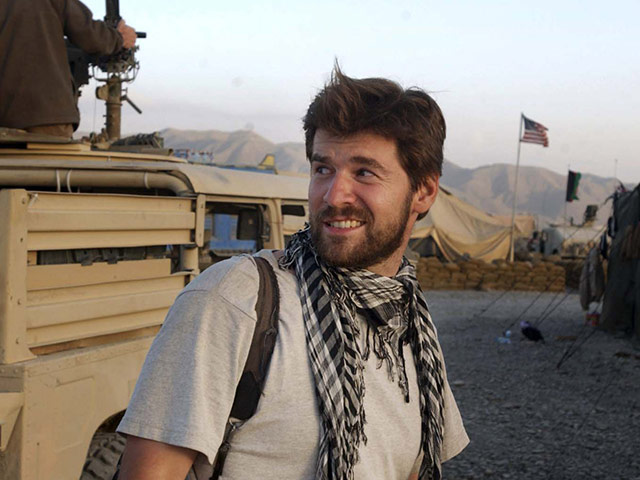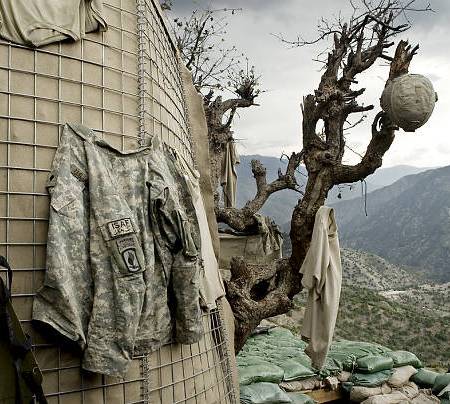He could have had it all, if he had just played it safe. Instead, Tim Hetherington had this crazy idea that he might help others, even at the risk of his own life. He could have cashed in on his looks and talent, but instead he took his camera and went into one war zone after another so that the world would know what was really happening behind the abstractions and the lies. And then, on Wednesday, the photographer paid the full price for his commitment to conflict photography.
And the same can be said again. Chris Hondros was killed in the same attack. Hetherington may get more press as he was the producer and director of Restrepo, the award-winning documentary film from the Afghan war, but they both could have had easy lives far away from the front lines. Hondros also won awards, and he also got inside the news and then grabbed your attention so that you could no longer see categories instead of people. Galleries of his work are here and here. We have posted on images by both photographers, and wish we had done more.
Photography is used for everything from astronomy to porn to selling vegetables, but photojournalism has an inescapable compact with violence. Without documentary photos of aggression and suffering, a society’s moral sense would be enfeebled and its capacity to behave ethically would be diminished. Photojournalism, for all its limitations, continually confronts us with two brutally intertwined facts: humans destroy one another, and we are bound to one another nonetheless. The individual photographers will go into the war zone for many reasons, including the high it offers (as Chris Hedges has admitted), but the most important reason is that they are trying to be agents of conscience. The risks they take to do so can be extreme. All they ask in return is that we pay attention: that is, really look at the world and recognize the people living there.
The violent world; our world. A world that just became a bit emptier.
Photographs from Valerie Macon/Getty Images, public domain, and Tim Hetherington/Panos Pictures.
Update: An excellent archive of articles, commentary, and interviews is at Photojournalism Links.



Discussion